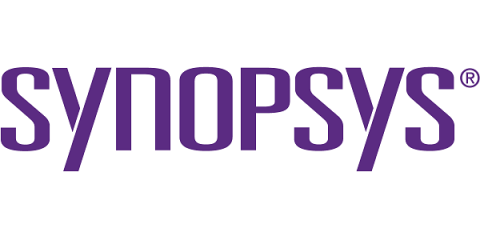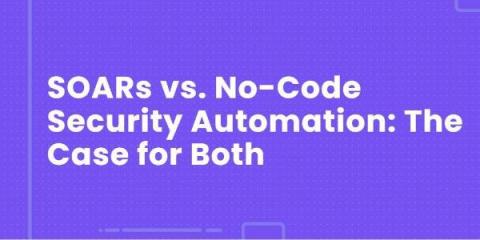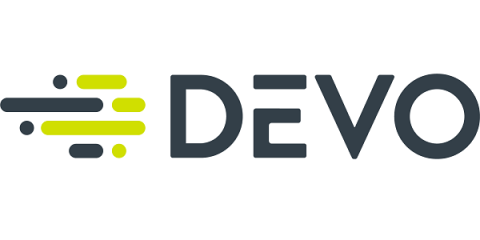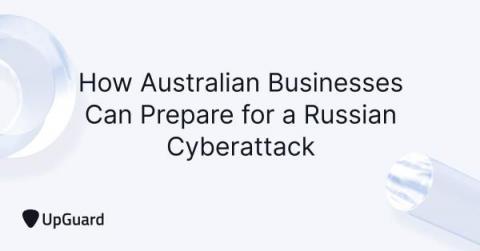Security | Threat Detection | Cyberattacks | DevSecOps | Compliance
Latest News
Top Recent Third-Party Breaches
The average company can’t do business without their third parties. Vendors, suppliers, partners, distributors, and contractors — third parties make it so much simpler to build, distribute and sell a product or service.
How to cybersecurity: Software supply chain security is much bigger than you think
Protestware is trending in open source: 4 different types and their impact
A few days ago, Snyk reported on a new type of threat vector in the open source community: protestware. The advisory was about a transitive vulnerability — peacenotwar — in node-ipc that impacted the supply chain of a great deal of developers. Snyk uses various intel threat feeds and algorithms to monitor chatter on potential threats to open source, and we believe this may just be the tip of a protestware iceberg.
SOARs vs. No-Code Security Automation: The Case for Both
Just a few years ago, security orchestration, automation and response (SOAR) was the new buzzword associated with security modernization. Today, however, SOAR platforms are increasingly assuming a legacy look and feel. Although SOARs still have their place in a modern SecOps strategy, the key to driving SecOps forward today is no-code security automation.
Threat-Based Methodology: Configuration Settings
This is the second post in the Threat-Based Methodology series. The first post introduced Threat-Based Methodology and the analysis conducted by the FedRAMP PMO and NIST. That post concluded with a list of the top seven controls based on their Protection Value. This post will explore CM-6 in greater depth and explain how Devo supports the ability to meet this control. CM-6, Configuration Settings, was determined to provide the most Protection Value with a score of 208.86.
Australia and the Risk of a Russian Cyber Attack: Are You Ready?
Given Russia's reputation for highly-sophisticated cyberattacks, the country's invasion of Ukraine has sparked justified fears of an imminent global cyberwar. While, for the time being, Putin’s cyber efforts against Ukraine are surprisingly restrained, this may not be the case for other countries.
Russian Hackers Exploit MFA protocols and Print Spooler "PrintNightmare" vulnerability
EPP/EDR: What Is It and How Can It Help to Keep Your Organization Safe?
Endpoint devices played a big part in malware and ransomware attacks in 2021. According to a study covered by Help Net Security, security researchers detected more malware and ransomware endpoint infections in the first nine months of the year than they did for all of 2020. Attack scripts leveraging PowerSploit, Cobalt Strike, and other tools were particularly prevalent in that nine-month period, having grown 10% over the previous year after having already climbed 666% compared to 2019.
How to Combat Asset Blindness in OT Security
One of the main challenges of OT security is the problem of compatibility. OT components often differ significantly from each other in terms of age and sophistication as well as software and communication protocols. This complicates asset discovery and makes it difficult to establish a consistent cybersecurity governance approach. Combating asset blindness in OT security begins with taking account of these differences.










